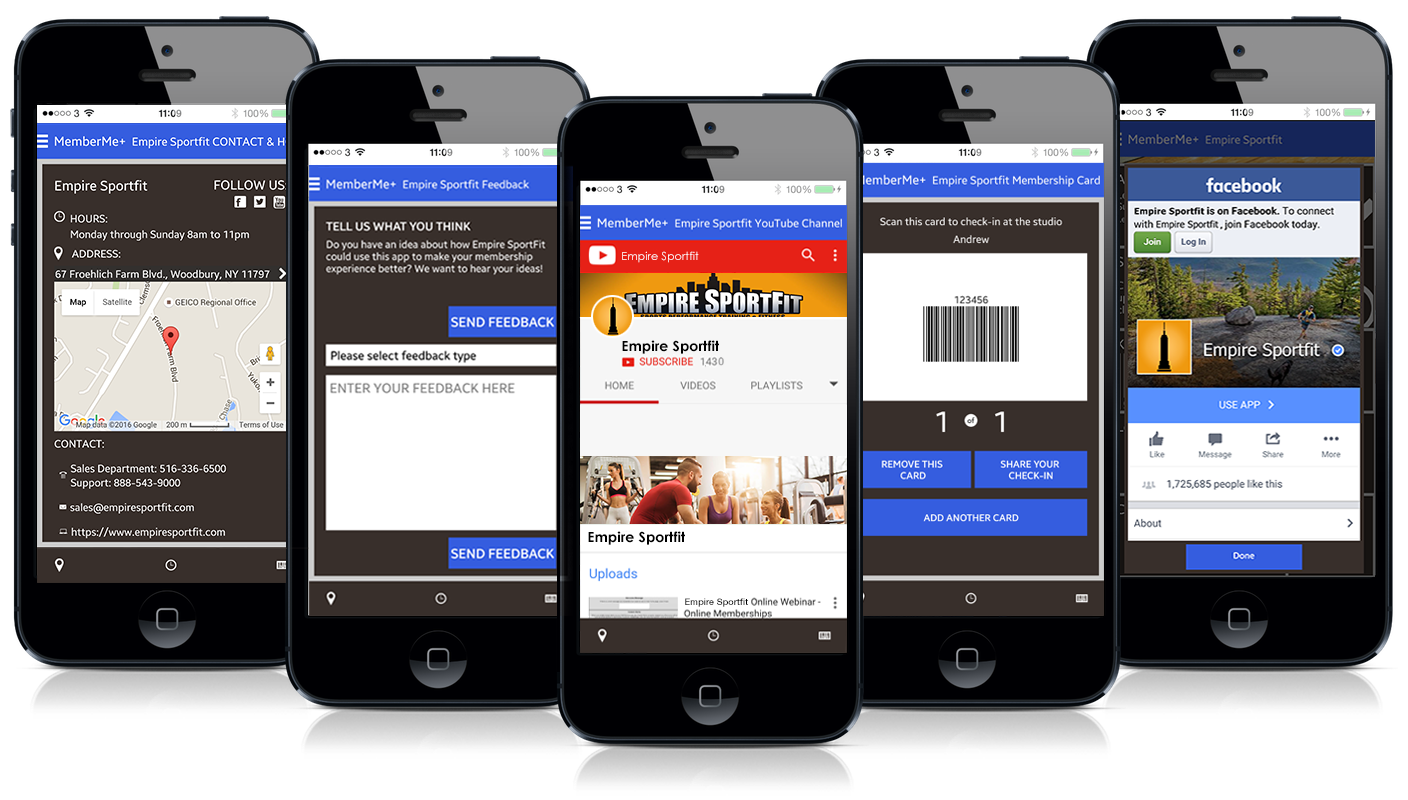Read below to learn a few tips to avoid the biggest selling “bombs”:
1. Not understanding the value of what you’re selling.
The key thing to remember here is that you are providing a solution, not just a contract or training sessions. Prospects come to your club because they have a problem. Whether it be they want to lose weight, tone up, or just develop a healthier lifestyle, they are looking to you to provide them a way to reach these goals. Additionally, each prospect has different, unique fitness and health priorities and there is no real way to put a price tag on what they value.
2. Thinking selling means you have to “sell your soul”
There are many cartoons that depict salesman as slimy, evil-eye browed villains in suits. This is not an accurate depiction. You do not have to manipulate prospects to make a sale.
Selling should be an inquisitive, educational experience. You need to get to know your client in order to sell them exactly what they need to reach their goals. As you begin to understand what your client is looking for and what they value, you can establish yourself as the best positioned person to help them achieve. When you make a sale, don’t think of it as a number towards your bottom line, instead think of it as an opportunity to change someone’s life with your skills and knowledge.
3. “Stealing” money.
We all spend money on products or services that bring us value. Your services bring value to your clients’ lives so never feel like you are tricking them into spending money on them. The more you motivate your clients to stick to the program and drive results, the more likely they will commit to see the program all the way through and come back for future services and purchases.
4. No repeatable sales system
You need a consistent, repeatable plan. Trust us, this will eliminate so much stress for you. Do not just wing it. I repeat DO NOT TRY TO WING IT. Professional athletes and successful business owners develop and follow repeatable processes to perform top notch.
Here are a few steps to consider when overcoming selling “bombs”:
1. Qualifying Prospects
I cannot stress enough how important this step is. It will save you SO much time in the long-run. Before you make a sale, you need to make sure the prospect is the key purchase decision maker and that they are aware of the price of your services and can afford them. Your time is valuable and you do not want to spend a dedicated amount of time on someone who is unqualified from the get-go.
2. Building a Rapport
Get to know your prospects. Make casual conversation to ease any anxiety about communicating what they are looking to get out of your services. Not everyone who walks through your club doors are in shape and may be nervous about discussing their weight and measurement or allowing photos to be taken that they may find unflattering. Ease their anxiety by showing them your club is a judgement-free zone and reassure them that you will do everything in your power to help them reach their fitness goals in an engaging and healthy way.
3. Discovery Questions
There are three main questions to ask in the initial conversation with a prospect are 1) What are your goals? 2) Why do you place value on these particular goals 3) How much work are you willing to put in to reach these goals? (ask them to rate their motivation on a scale of 1-10). The last question is key in helping you develop a program that will bring results and will keep them engaged.
4. Identify Needs:
While there is more easily accessible information about health and nutrition out there thanks to the internet, most people are, in fact, not experts (no matter how much they believe they are). You need to make sure both of you are on the same page. You may know what your client’s needs are such as getting more sleep, making better nutritional choices, etc, but they may come into this meeting with their own preconceived notions. Help them understand and identify their real needs in a positive, encouraging way.
5. Diagnose the Problem
So, you’ve established your client’s needs, now it’s time to diagnose the problem. A vast majority of the time, clients are having a hard time reaching their goals because( a) they don’t have a structured, sustainable program (b) they have chaotic schedules and need help fitting workouts and right nutrional choices into their normal routines and/or (c) they don’t have a network of support motivating them to reach their goals. You may need to do a little bit of hand-holding in the beginning to show them the right path.
6. Provide a Solution to the problem
There are a myriad of different ways to show clients the path to success. Choose the ways you know from experience will help this particular prospect. Share success stories from other clients and provide detailed explanation of the journey you set them on.
7. Close the Sale
Just like finding a solution, there are many different ways to close a sale. Provide the prospect with multiple options so they may choose the one that feels right. Giving only one course of action may seem restrictive and intimidating, especially to those who have never really followed a program before.
8. Handling Objections
Don’t get irritated when prospects show hesitation or offer objections about the program you have proposed. Remember, they may be nervous about trying something new and that they are unfamiliar with. Instead, let them communicate their concerns and never interrupt. Clients will appreciate that their concerns are heard and talking things out generally helps provide a mutual understanding and solution!
The key thing to take away from all of these “bombs” is that you need to be confident in your abilities, services and the value you are bringing to your clients’ lives. Forget all the negative connotations you’ve placed on money and sales and concentrate on providing the best possible solution to help your clients reach their goals. When you show that you are fully capable of providing solutions in a stress-free and judgement free environment, clients will respond genuinely to this and hold you in high regard. Think of all the lives you can change with your training and expertise!











